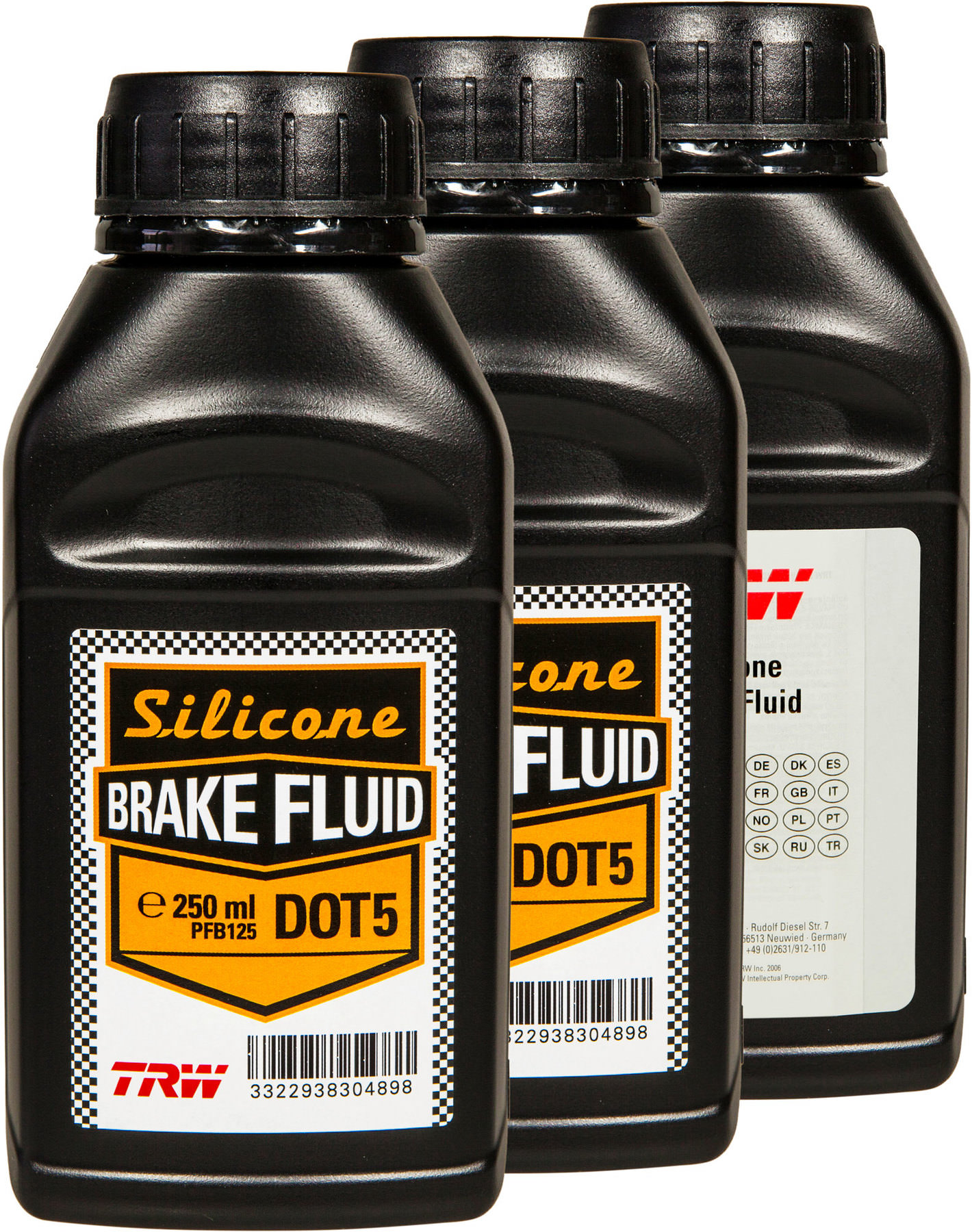
WebDas DOT 5.1 Brake Fluid von Motorex ist eine Bremsflüssigkeit für hydraulische Scheibenbremsen. Der Siedepunkt liegt bei mindestens 260 °C. Auch der. WebBrake fluid DOT 5 is a silicone-based fluid making it incompatible with anti-lock braking systems. Additionally, DOT 5 cannot be mixed with other brake fluid types and. WebDOT 5 is not used on bicycle brakes because it’s silicon-based, whereas the other fluids are glycol-based, and using DOT 5 would cause the seals to swell. Most.
Rattan Bar Stools Australia, Wicker Bar Stools | Wicker Furniture Ideas, 1.4 MB, 01:01, 1,396, Pinodan safras, 2016-04-21T19:41:58.000000Z, 19, VINTAGE CANE RATTAN BAR STOOLS | Stools & Bar stools | Gumtree, www.pinterest.com, 640 x 640, jpeg, gumtree, 20, rattan-bar-stools-australia, New Topics
WebDOT 5.1 brake fluid is glycol-based, just like the DOT 3 and DOT 4, but with a slightly higher dry boiling and wet boiling point. This type of fluid is widely used in automobiles and. WebIt is a highly effective Dot 5 brake fluid that does not cost a fortune. That combination of effectiveness with affordability is exactly what makes it stand out among other brake. WebUnlike DOT 4, DOT 3, and DOT 5.1, the DOT 5 is silicone-based brake fluid and it’s also very expensive as it offers high boiling points. Brake fluid must have a wet. WebRelease the bleed nipple at the back of each brake calliper/wheel cylinder to drain the old brake fluid. 4)Bleed the brakes. Go to each caliper/wheel cylinder in turn and open the. WebDOT 5 Silicon Brake Fluid. • 12 fl oz (355 ml) bottle • For use in all models (except '06-later VRSC ™ , '07-later XL, '08-later XR, '06-later Dyna ® and Softail ® , and '05-later.
Topics Brake Fluid Basics: DOT 3, 4, 5, and 5.1 Explained | MC GARAGE update
New The Difference Between DOT 3, DOT 4 and DOT 5 Brake Fluid
Must watch How to identify brakefluid
Latest WARNING! DO NOT MIX DOT 5 BRAKE FLUID WITH DOT 3 OR DOT 4 by TheRamManINC.com update
View DOT 5 Brake Fluid Explained viral
Here Converting from DOT 3 to DOT 5 hydraulic fluid in my Triumph TR4A updated
Explanation of Dot 5 Brake Fluid what you can see
Brake fluid comes in a lot of flavors. You've got your DOT 3, 4, 5, and 5.1. What's the difference, and which flavor does your bike like best? We'll break it down for you in this video from the MC Garage.
--
Everyone likes to brag about horsepower and going fast, but we all know that stopping is pretty important, too, and brake fluid is the magic elixir that allows it to happen.
Brake fluid is responsible for transmitting force from the brake lever to the back of the brake pads. It needs to be non-compressible to effectively transmit pressure, have low viscosity to be compatible with ABS, have good lubricity for master-cylinder and caliper pistons seals, offer corrosion resistance, and also have a very high boiling point. That’s a lot of responsibility, and some fluids are more responsible than others.
Brake fluid is available in four grades: DOT 3, 4, 5, and 5.1. DOT 3, 4, and 5.1 fluids are glycol based and can be mixed together, but DOT 5 fluid is silicone based and can’t be mixed with any other type of fluid. DOT 5.1 confuses people because of its proximity to DOT 5 silicone fluid, and honestly, parts-counter peoples’ lives would be much easier if the DOT 5.1 was just called DOT 6 or even DOT 4.5.
The main difference between glycol-based fluids and silicone-based DOT 5 are that the glycol stuff is hydrophilic, meaning it’ll attract and absorb moisture out of the air, while DOT 5 fluid is hydrophobic. But, due to the repeated heating and cooling cycles and the imperfect sealing of master cylinders and calipers, all fluids will eventually ingest some quantity of water. The difference is that glycol-based fluids will pull moisture out of the air on their own while DOT 5 will not, meaning DOT 5 has a much longer service life. Also, while glycol-based fluids are infamous for causing paint to bubble, DOT 5 fluid is harmless to painted surfaces.
If you’re thinking DOT 5 sounds really appealing right now, think again. DOT 5’s price, as well as its compressibility and viscosity, make DOT 5 unsuitable for use in motorcycles. So why does it exist? It was created for the military to use in vehicles that will be parked for years at a time. Harley-Davidson used DOT 5 until a decade ago but specifies DOT 4 now that all their bikes have ABS.
Okay, back to the common glycol-based fluids then. The difference between DOT 3, 4, and 5.1 comes down to boiling point, and the higher the boiling point, the more abuse and heat the fluid can take. The grade fluid your bike takes will be printed right on the master-cylinder cover.
The Department of Transportation sets minimums for each grade’s “dry” and “wet” boiling point, with the former state completely free of moisture and the latter containing 3.7 percent water as is common after a year or so of regular use. DOT 3 fluid has the lowest minimum dry boiling temperature at 401 degrees dry and 284 degrees wet, while DOT 5.1 has the highest at 518 degrees and 356 degrees wet.
As the temperature ratings above suggest, any water content in the brake fluid will reduce its boiling point. Boiling brake fluid will make your brake lever feel spongy and make it harder to stop your bike. This condition is known as brake fade or, more specifically, fluid fade. Replacing your brake fluid regularly (most manufacturers say every two years) will help keep your brakes working their best, and if you’re a beast on the brakes, you might as well upgrade your fluid the next time you bleed the system. Click the link below for a video that shows you how.
Full story here: motorcyclistonline.com/mc-garage-video-brake-fluid-grades-explained/
Subscribe: youtube.com/c/MotorcyclistMag?sub_confirmation=1
Motorcyclist Shirts: teespring.com/stores/motorcyclist
Shop Products We Use: amazon.com/shop/motorcyclistmagazine
See more from us: motorcyclistonline.com/
Subject Buy TRW DOT 5 Silicone brake fluid 250 ml. | Louis motorcycle clothing popular

Here BEL-RAY SILICONE DOT 5 BRAKE FLUID (355 ML) - Walmart.com popular

Reviews WILWOOD FIVE DOT 5 SILICONE BRAKE FLUID | eBay going viral

Here Johnsen's 12oz Dot 5 Brake Fluid 7012-6
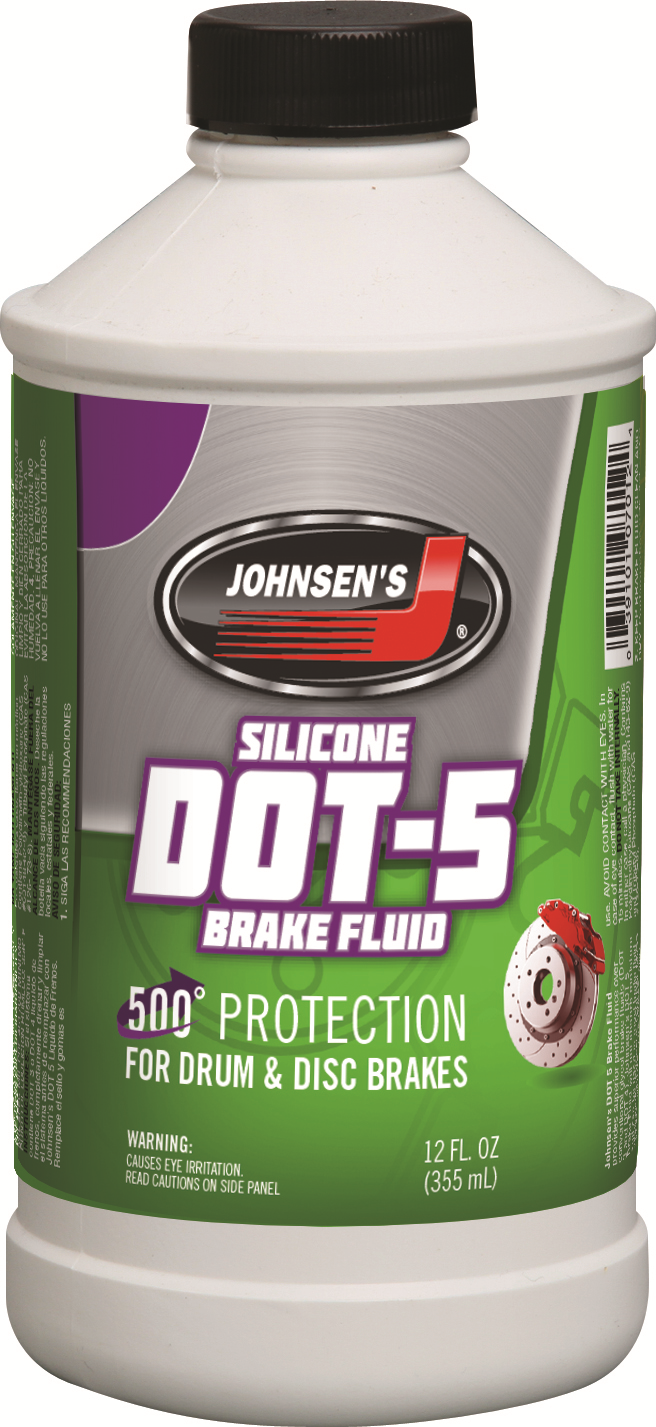
Johnsen'S 7012-6 Silicone Dot-5 Brake Fluid - 12 Oz. - Walmart.com

Currently - 0381929 OEM DOT 5 Brake Fluid, High Performance, 500 Degrees, 946-mL viral

Currently - Champion DOT 5 Silicone Brake Fluid - Champion Brands updated
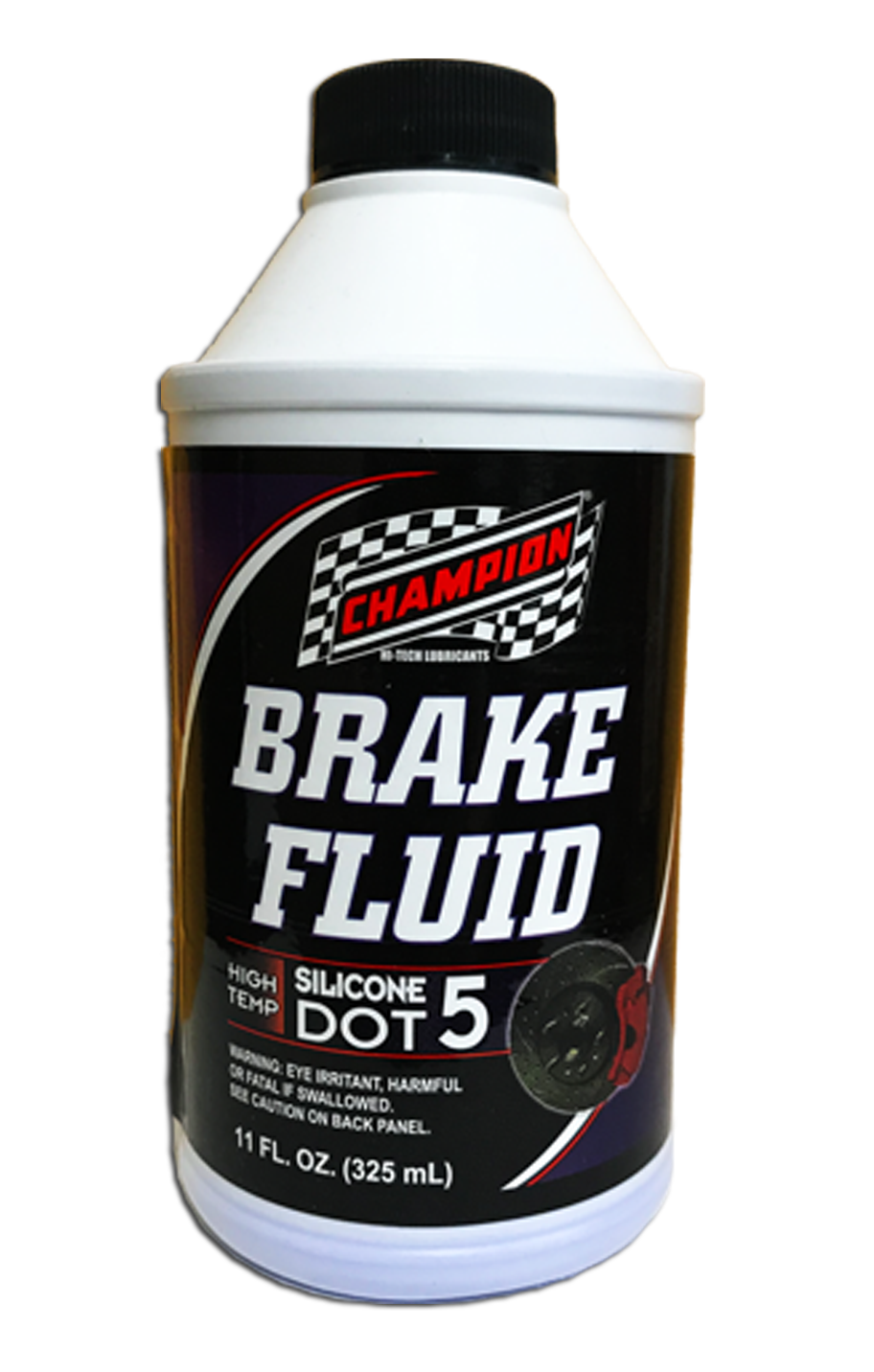
Motul® DOT 5.1 Motor Vehicle Brake Fluid Fully Synthetic 500ml / 0.5L trending

View Motul Brake fluid DOT 5.1 (N-S) - 500ml - Walmart.com - Walmart.com New

Subject Putoline DOT 5 Silicone Brake Fluid - Remvloeistof, 500 ml trending
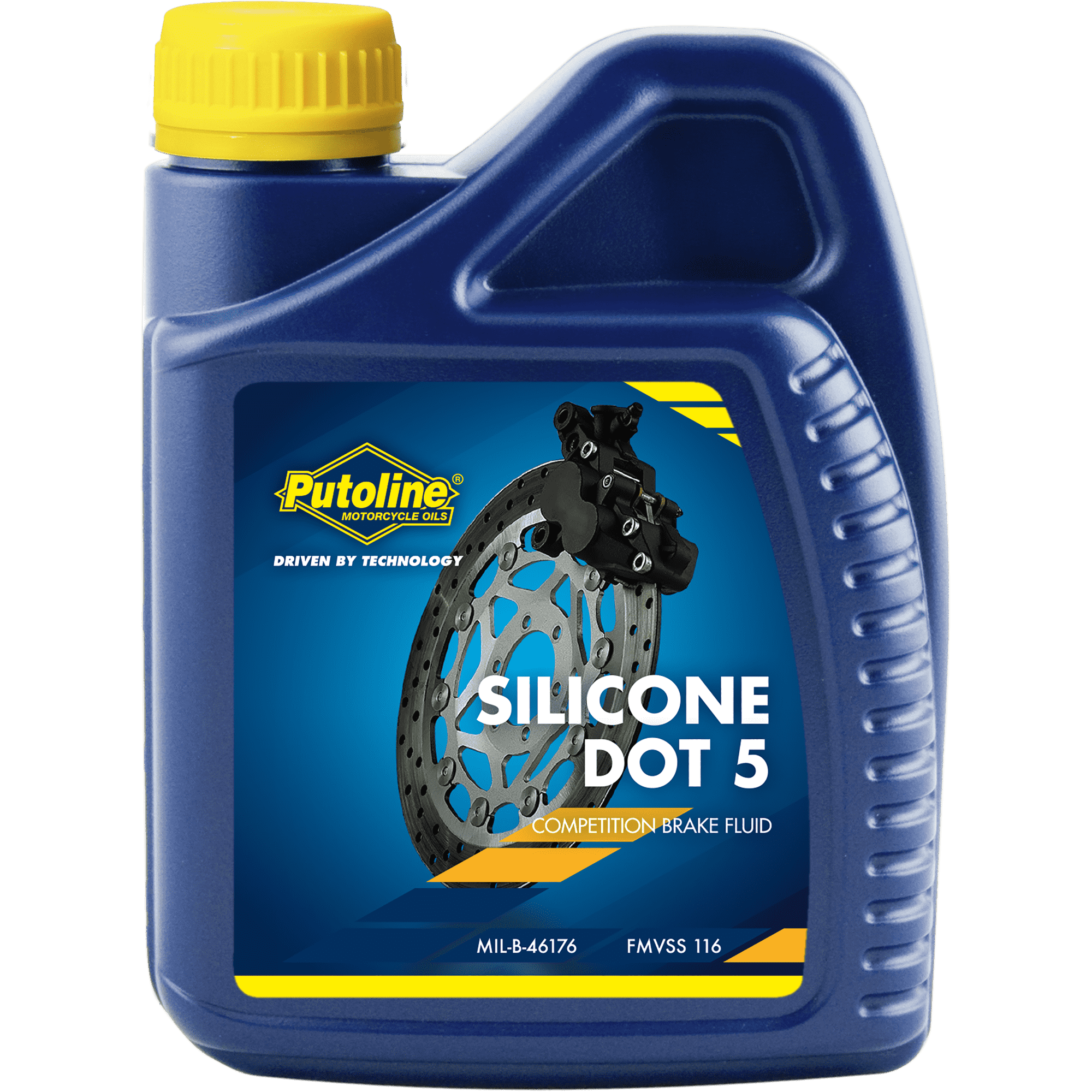
Buy TRW DOT 5 Silicone brake fluid 250 ml. | Louis motorcycle clothing
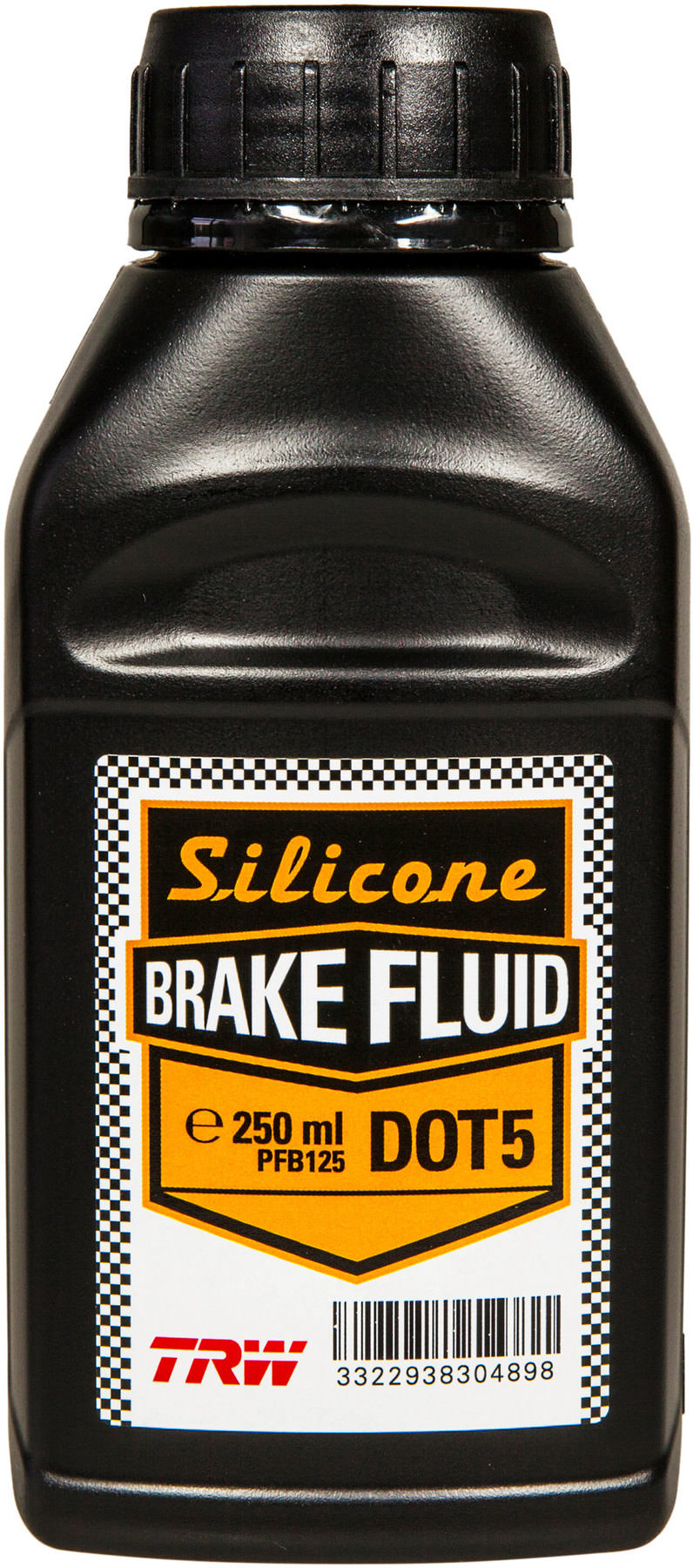






Tidak ada komentar:
Posting Komentar